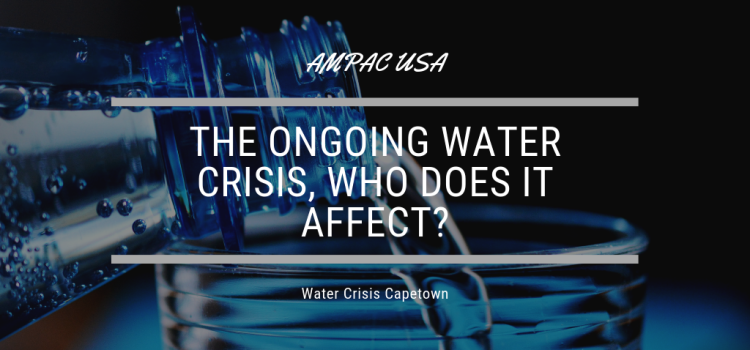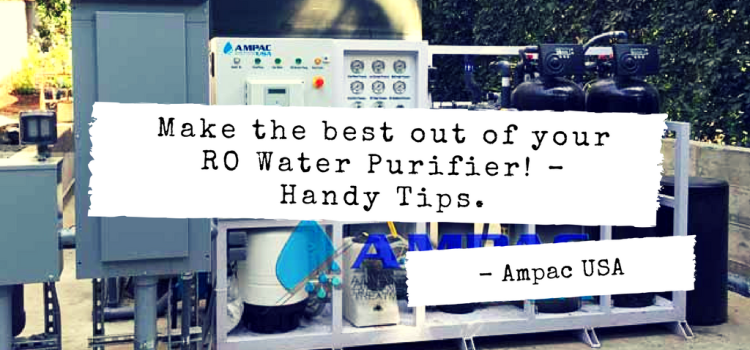Wherever you turn, you may have come across some news related to water crisis. It is either lack of it or contaminated water that has been haunting the lives of millions today, but it is there. Cape town was the first to go down when it came horrifyingly close to Day 0, a day when the city starts level 7 of water restrictions. The talks around Day Zero began in late 2017 for the city. At that time, the dams were only at 15-20% of their capacity threatening the lives of so many people. Subsequently in February 2018 and was able to bring down its usage by half to 500 million liters per day. That combined with the generous rains in June 2018 helped the dams to recuperate and refill to 70% of their capacity by September 2018. Post this, the restrictions were loosened a little and Day Zero was delayed. But for how long?
The Unlucky Ones
Cape Town is one of the many examples where despite generous rains, the city came close to potentially run out of water. But not every city or country is that lucky. A major part of Tanzania is in arid and semi-arid regions. 3 of the biggest lakes flank at the borders of the country leaving a large number of its people dependent on other sources, not necessarily hygienic. A lot of the underground water has drainage channels in the neighboring areas causing some of its chemicals to seep into it. It is not always clean and sanitary but nevertheless the only option for the people who have nothing to drink. Even turning to surface for some solace is a dangerous precedent as it is contaminated with the waste of washing clothes, utensils, and human feces. According to the Tanzania National Website, water-borne illnesses, such as malaria and cholera account for over half of the diseases affecting the population. The country has been in a war for the longest time for sanitation but to no avail, today the situation remains the same as it was in the 1970s.
The Ones Without
Ever since the news of Cape Town broke out, countries and organizations began evaluating the management systems on their own. And as it was feared, Cape Town was just the tip of the iceberg. 11 cities around the world are in danger of running out of water soon and more than 20 major global cities are already on high alert. Some of these include Sao Paulo whose main reservoir had only 4% of its capacity full in 2015. Even after efforts put in, by January the reservoir was only at 15% capacity. At the height of its crisis, the city had only 20 days of supply left.
Similar is the case with Bangalore, Beijing, Cairo, Jakarta, Istanbul, Mexico City, Tokyo, and Miami. In all these cities, either the available sources are contaminated or are not available at all due to lack of management systems, investments, and ongoing drought. The crisis is more worrying for Moscow and London. According to the Greater London Authority, the British capital is likely to have supply problems by 2025 and shortages by 2040. More than a quarter of the world’s available freshwater reserves are in Russia but the country is plagued by the pollution caused in Soviet Industrial era. The city of Moscow like the rest of the country is 70% dependent on the surface sources but the country accepts that 35-60% of its surface water is not safe for consumption or human usage.
Who Does It Affect?
Potentially? Everyone! The water troubles have just begun and everyone is potentially in the lines of fire. The ongoing climate change is not helping and a need for better management systems with conservation initiatives need to begin at the earliest. The situation is about to turn for the worst as the population increases. According to a UN-endorsed report, water demand will exceed the supply by 40% by 2030 thanks to the combined effects of human action, population growth and climate change. The troubles will come to your city the next if steps are not taken immediately. Some of these include
- Better management and investment systems for the available sources
- Installation of high-standard water treatment systems to purify the contaminated sources
- Strict standards for houses with rainwater harvesting systems
- Better water store equipment to fulfill the needs for future
- Conservation initiatives for replenishing aquifers, dams, lakes and other sources.
About The Author:
AMPAC USA is a leading water treatment systems manufacturing company striving for 30+ years to provide solutions to the water troubles across the world.









